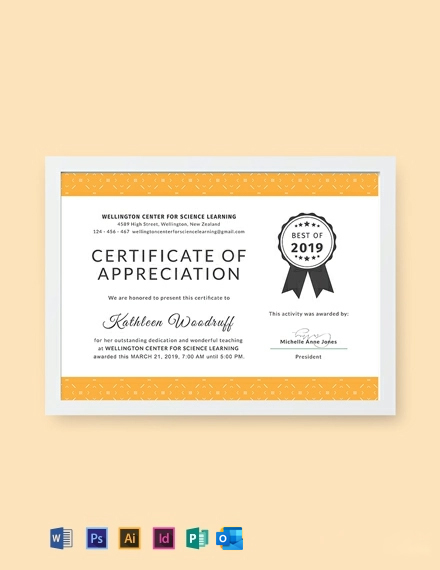
- #CERTIFICATE FOR OUTLOOK MAC PASSWORD#
- #CERTIFICATE FOR OUTLOOK MAC FREE#
- #CERTIFICATE FOR OUTLOOK MAC WINDOWS#
Step 7: The client sends the plaintext email. Step 6: The client and server establish a secure connection. Step 5: The client and server exchange “thank you” messages for verification. Step 4: The client and server exchange session keys. Step 3: The server decrypts the data using its private key. Step 2: The client verifies the server’s authenticity and then sends a tiny bit of data-encrypted using the server’s public key-for the server to decode. Here, the server sends its public key to the client. Step 1: The transaction starts with a “hello” handshake between the email client and the server.

It’s a security protocol that encrypts the communications-the transport-between the client and the server, not the email itself. Webmail clients (Gmail,, Yahoo! Mail, and AOL Mail) support Transport Layer Security (TLS). Step 12: Add a subject and then click the Send button. Step 11: The Mailvelope editor closes, and you return to the webmail’s message editor. Step 10: Compose your message and then click the red Encrypt button. Step 9: Start a new email as usual, and then click on the Mailvelope icon if you want to send an encrypted message. Step 8: Click on the link to verify your email address.
#CERTIFICATE FOR OUTLOOK MAC PASSWORD#
Step 7: Click on the encryption symbol and enter the password to read the email. Step 6: Launch your webmail client and then open the message sent to you by Mailvelope. You cannot reset the password, so be sure to store it somewhere like a password manager. Step 4: On the following screen, enter your name, email address, and password. Step 3: Click on the Generate Key button to create your key pair set.

Step 2: Click the Mailvelope icon and then click on the red Let’s Start button.
#CERTIFICATE FOR OUTLOOK MAC FREE#
It supports Chrome, Firefox, and Chromium-based browsers, including the new Microsoft Edge.īefore you use this free service, keep in mind that the recipient must also use Mailvelope to decrypt your messages. For end-to-end encryption, you will need a browser extension. Enter the recipient’s phone number and then click on the Send button.Īs we previously pointed out, webmail clients encrypt the transport only while the email is in transit, not the actual message. Step 8: A pop-up window appears on your screen. If you chose the SMS Passcode option, move on to the next step.

Step 4: Click on the Trust Center Settings button displayed on the right.

Step 3: On the Outlook Options window, select Trust Center listed on the left. Step 2: Select Options on the next panel. Step 1: With the Outlook desktop client open, click File located in the top left corner.
#CERTIFICATE FOR OUTLOOK MAC WINDOWS#
These instructions assume that you already obtained an S/MIME certificate, downloaded the file to your Windows PC, and have the required password handy.


 0 kommentar(er)
0 kommentar(er)
